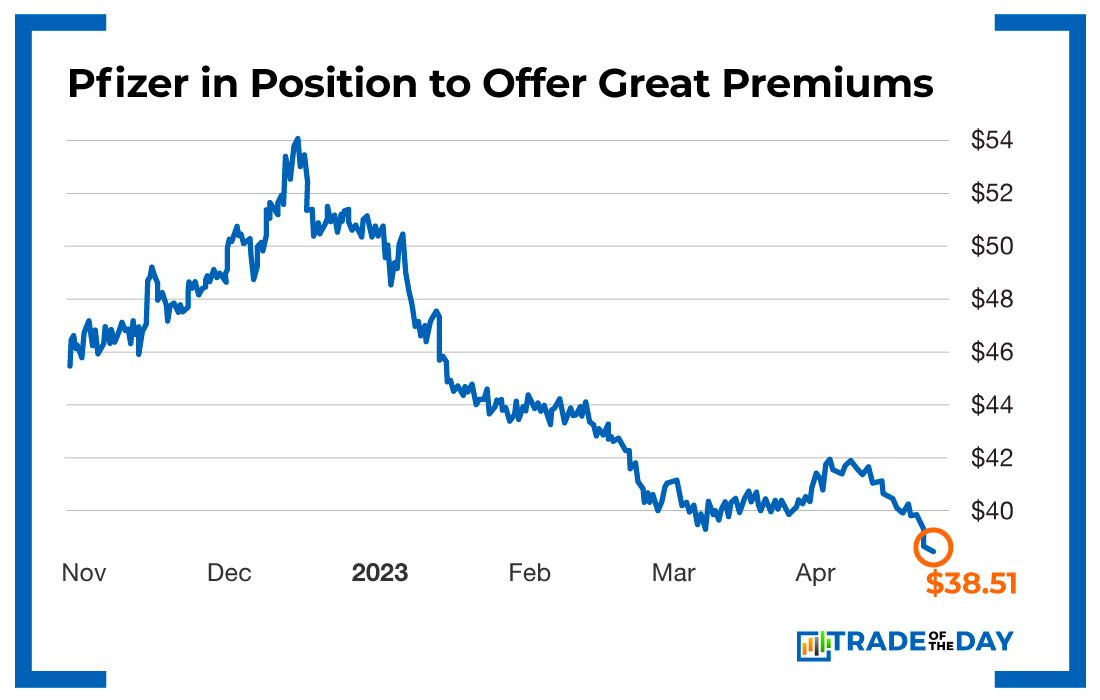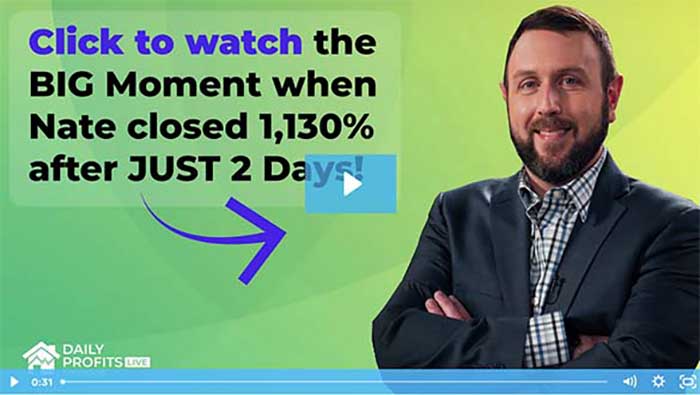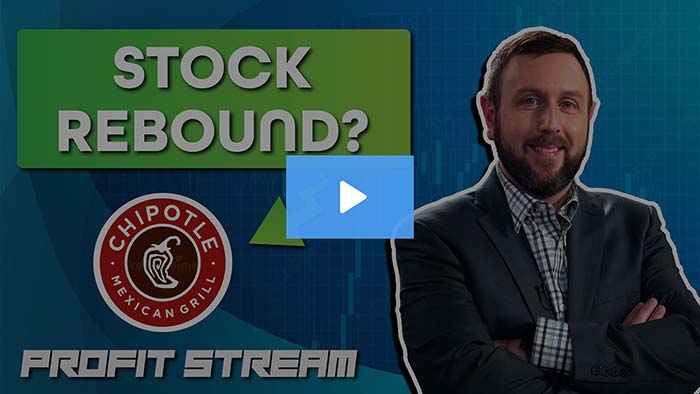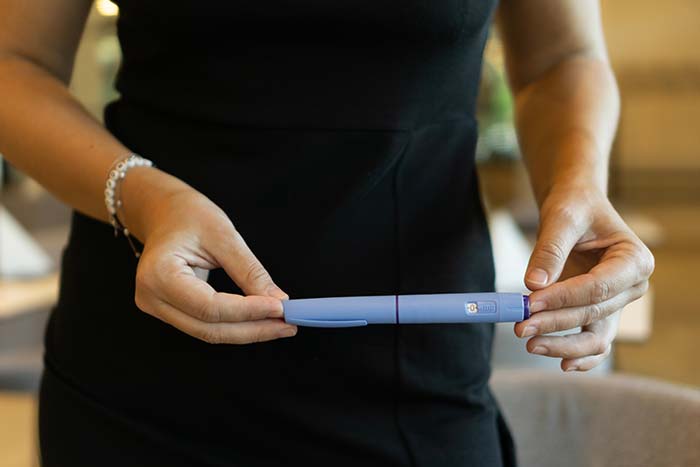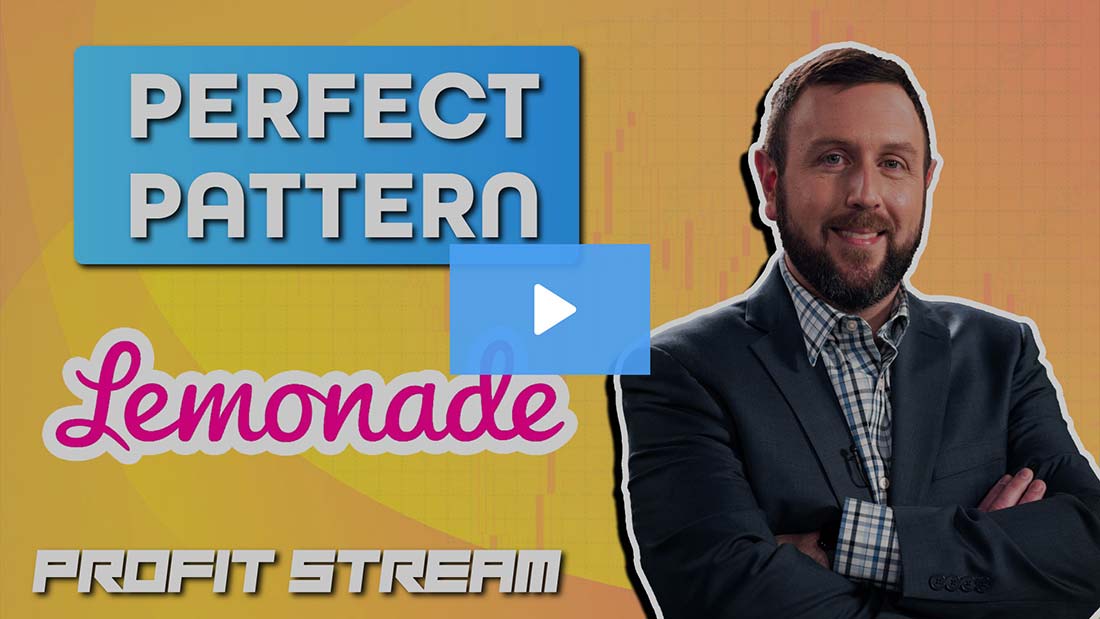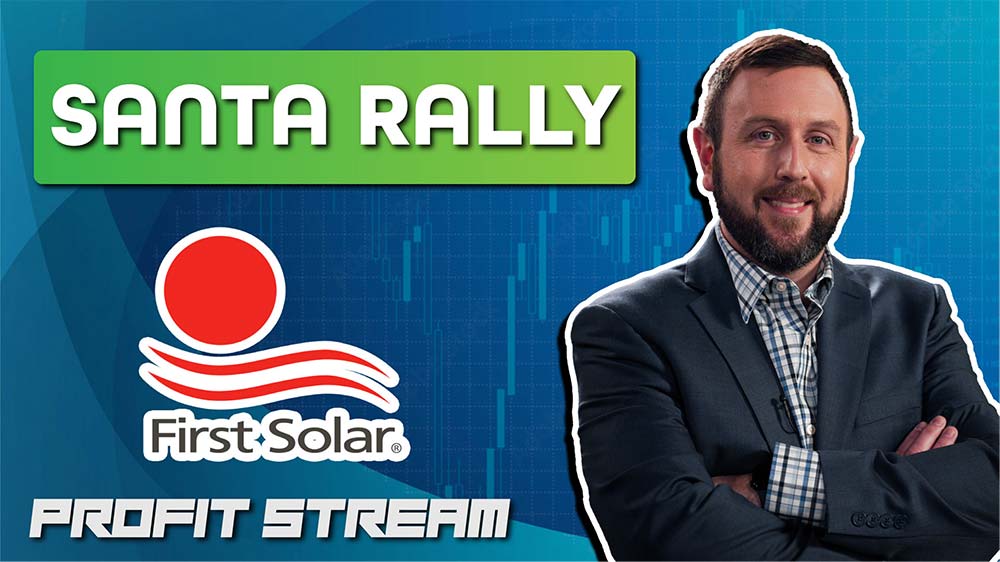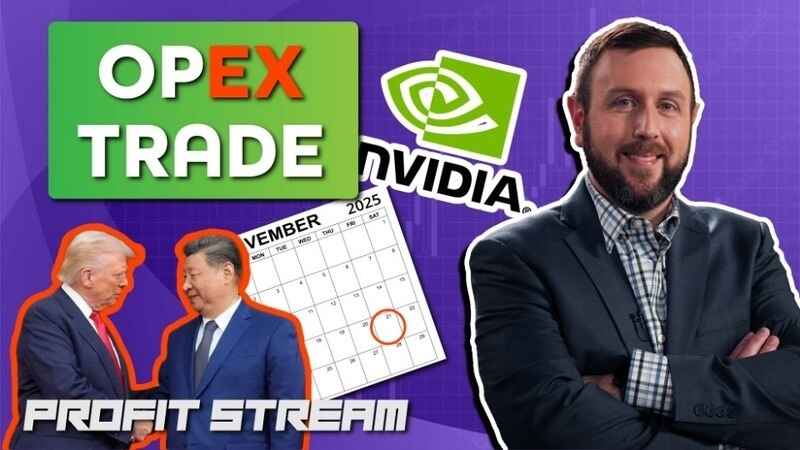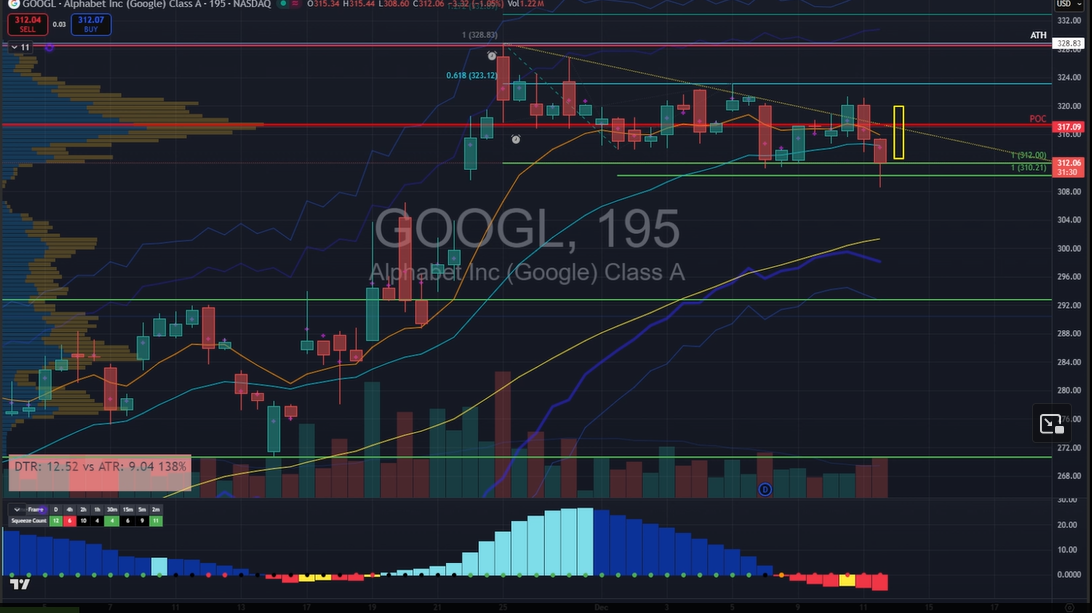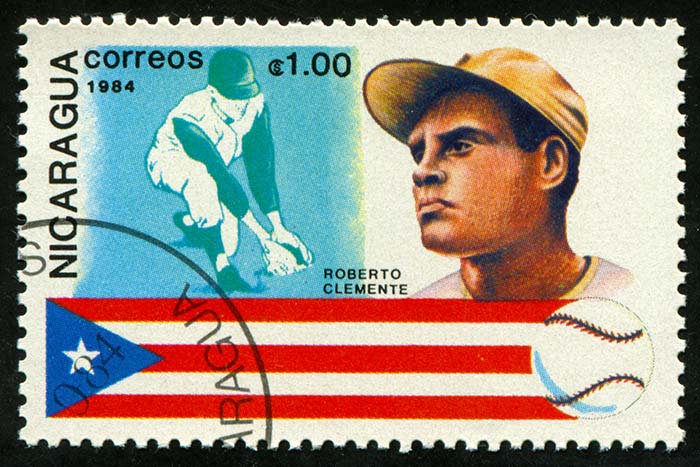The Perfect Income/Growth Strategy
One of my favorite strategies in a range-bound market like the one we have now is the covered call – also known as the buy write.
If you haven’t heard of covered calls, here’s a basic rundown…
The overall point of a covered call is to generate income for investors who think stock prices are unlikely to rise much further in the near term.
So an investor sells a call option (with a set price and expiration date) on a security that they own.
Professional market players use these covered calls to boost investment income.
However, individual investors can also benefit from this strategy.
How to execute a covered call
When executing a covered call or buy write, you sell calls against your position – but you must own at least 100 shares.
The strike price and expiration you choose should be based on where you think the shares are going and whether you are willing to give up your shares at that price.
If you are, then you sell calls with a strike price at which you’re comfortable giving up the shares.
If the shares reach that price at or before expiration, the buyer of the calls you sold can exercise the option and take your shares at any time as long as they pay you the strike price. Any dividends are yours as long as you owned the shares on the record date.
If you do not want to give up your shares and instead are looking to collect dividends and income from the calls you sell, then the strike price of your calls should be higher than where you think the shares will go.
When you sell covered calls, the buyer of the calls you sold can take your shares at ANY TIME as long as they pay you the strike price.
How do covered calls work in a range-bound market?
When the market has been trading in a narrow range, most underlying stocks also trade in a range. This allows you to generate income by selling options against your shares.
You can scalp very good premiums by selling close-to-the-money options (options whose strike prices are close to the current share price). The closer the strike price is to the money, the higher the option’s premium.
An example of this in practice is drug giant Pfizer (PFE).
Not only is Pfizer a solid dividend-paying company, but it also offers a great range of options expirations – from weekly to monthly to LEAPS (long-term equity anticipation securities).
Pfizer is currently trading at around $39, it pays a quarterly dividend of $0.41 and the June $40 options are paying $0.70 to options sellers. That means you could capture up to $1.10 (or 2.8%) in income in the next two months – which is almost 20% annualized – and possibly even more if PFE goes higher.
At expiration, if PFE is still under $40, you rinse and repeat and go out to August or September. If PFE goes over $40, your shares will be called away automatically, and you will get the $0.41 dividend, the $0.70 call premium and the $1 in capital gains ($40 strike minus the initial $39 cost) for a gain of $2.11 – or 5.4% – in two months!
![]()
YOUR ACTION PLAN
Stocks like Pfizer (NYSE: PFE) are the plays I look for in my new “Super Income System.” There’s so much potential in this strategy that I believe I’ll make $1 million on it within five years. Right now I’m giving readers exclusive access to the portfolio – if you want to see how you could use it for your own trading success, click here. You’ll have to get in soon, though, as the Federal Reserve could eliminate this opportunity as early as its next meeting on May 3.
